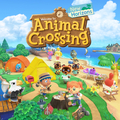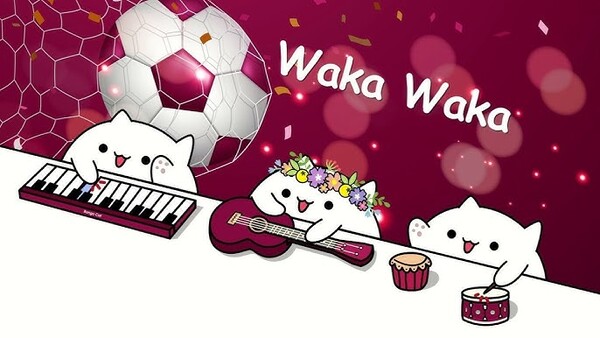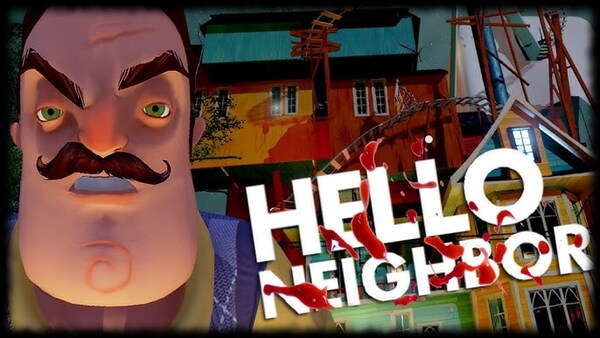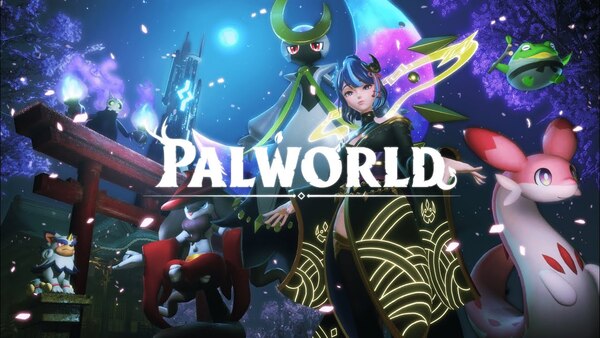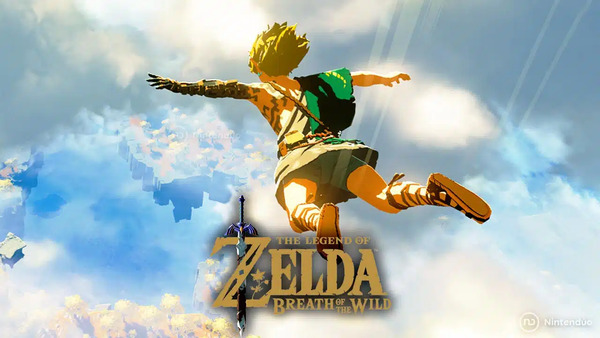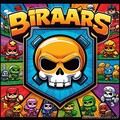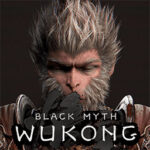Since its initial release in 2001, Animal Crossing has steadily grown into one of Nintendo’s most beloved and enduring franchises. This life simulation game allows players to escape into a peaceful world populated by charming animal villagers. Players can customize their homes, decorate their islands or towns, fish, catch bugs, and cultivate relationships at their own pace. In this article, we’ll explore Animal Crossing’s evolution, gameplay features, community culture, and long-term impact, organized chronologically across ten sections, including pros, cons, and expert rating.
1. The Origins of Animal Crossing (2001)
Animal Crossing was first released in Japan as “Dōbutsu no Mori” on the Nintendo 64 before being adapted for the GameCube in other regions. Its creator, Katsuya Eguchi, aimed to design a non-linear game reflecting human relationships and simple joys.
Development Inspiration:
-
Eguchi’s experience of moving away from his hometown influenced the game’s focus on building community.
-
Nintendo’s emphasis on real-time clock systems helped shape the game’s dynamic environment.
2. Core Gameplay Mechanics: Living Life at Your Own Pace
Animal Crossing’s appeal lies in its open-ended gameplay loop, where players can engage in numerous relaxing activities.
Basic Mechanics:
-
Real-time clock affecting seasons, events, and villager behavior.
-
Activities include fishing, bug catching, fossil hunting, gardening, and home decorating.
-
Players earn in-game currency, Bells, to pay off home loans and expand their living space.
Strengths:
-
Extremely flexible playstyle.
-
Encourages creativity and patience.
Weaknesses:
-
Slow progression for impatient players.
-
Repetitive tasks may become tedious over time.
3. Evolution Through the Series: From Wild World to New Horizons
Animal Crossing evolved significantly from its GameCube debut through various handheld and console iterations.
Notable Releases:
-
Wild World (DS, 2005): Introduced Wi-Fi multiplayer.
-
City Folk (Wii, 2008): Expanded with city areas and online play.
-
New Leaf (3DS, 2012): Added player control as the town mayor.
-
New Horizons (Switch, 2020): Focused on island creation and crafting.
4. Island Customization and Crafting in New Horizons
Animal Crossing: New Horizons (ACNH) introduced significant changes, notably the island crafting system.
Crafting System:
-
Players collect materials like wood, iron, and stones to craft tools, furniture, and decor.
-
DIY recipes unlock as players progress or interact with villagers.
Island Terraforming:
-
Players gain control over rivers, cliffs, and pathways.
-
Complete creative freedom to design the entire island layout.
Benefits:
-
Offers a deeper level of customization than previous entries.
-
Encourages long-term player engagement.
Downsides:
-
Early game can feel slow until customization features unlock.
-
Some items are locked behind time-consuming events.
5. Villager Relationships and Social Interactions
Animal Crossing places a strong emphasis on building friendships with its animal residents.
Villager Features:
-
Over 400 unique villagers, each with distinct personalities and catchphrases.
-
Players can give gifts, complete tasks, and invite villagers to move in or out.
Social Elements:
-
Players can visit friends’ islands via online or local multiplayer.
-
Seasonal events promote community engagement.
6. Events, Seasons, and Real-Time Gameplay
One of Animal Crossing’s standout mechanics is its real-time clock, affecting everything from events to weather.
Seasonal Events:
-
Bunny Day (Easter-themed).
-
Halloween, Toy Day (Christmas), and Cherry Blossom Season.
-
Fishing Tourneys and Bug-Offs.
Advantages:
-
Keeps gameplay fresh year-round.
-
Encourages players to check in daily or during specific seasons.
Disadvantages:
-
Missing events means waiting an entire year.
-
Some seasonal tasks can feel repetitive.
7. Multiplayer and Community Features
Animal Crossing emphasizes both local and online multiplayer options.
Multiplayer Modes:
-
Visiting islands via Dodo Codes.
-
Local wireless play and Nintendo Online services.
Community Creativity:
-
Custom design codes for clothing and paths.
-
Island showcase videos and social media sharing.
8. The Role of Music and Visual Style
Animal Crossing’s calming music and cozy art direction contribute significantly to its relaxing atmosphere.
Visual Elements:
-
Pastel color palette and cartoonish character designs.
-
Attention to small details like weather effects and lighting.
Music and Sound Design:
-
K.K. Slider songs and hourly background tracks.
-
Ambient sounds enhance immersion (waves, birds, etc.).
9. Monetization, DLC, and Amiibo Integration
While Animal Crossing is primarily a full-price retail game, Nintendo introduced additional monetization elements.
Monetization Methods:
-
Paid DLC like Happy Home Paradise (ACNH).
-
Amiibo figures and cards that unlock exclusive content.
Benefits:
-
Adds longevity and variety to the base game.
-
Supports Nintendo’s collectible ecosystem.
Drawbacks:
-
Some content locked behind physical purchases.
-
Expensive for completionist players.
10. Animal Crossing in 2025 and Beyond: Current Status and Future Outlook
As of 2025, Animal Crossing remains one of Nintendo’s flagship franchises.
Current Developments:
-
Rumors of a new installment or major update.
-
Ongoing community events and crossover content.
Long-Term Impact:
-
Inspired similar life-simulation games like Stardew Valley and Cozy Grove.
-
Cultural references in media, fashion, and merchandising.
